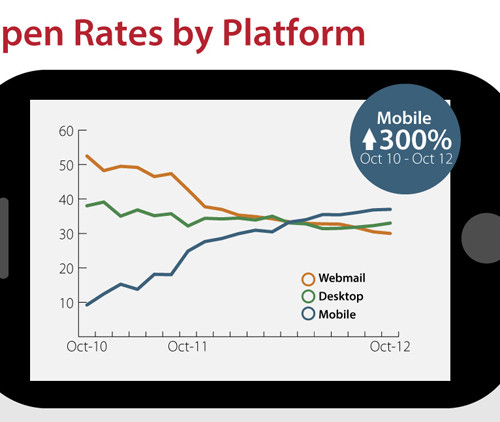Findings released by ReturnPath shows that nearly half of all emails received are read on mobile devices.
Over the past couple of years, email open rates on mobile devices have grown by 300%, now 37% of people are opening their emails on their mobile, compared to 30% who open via webmail using a browser.
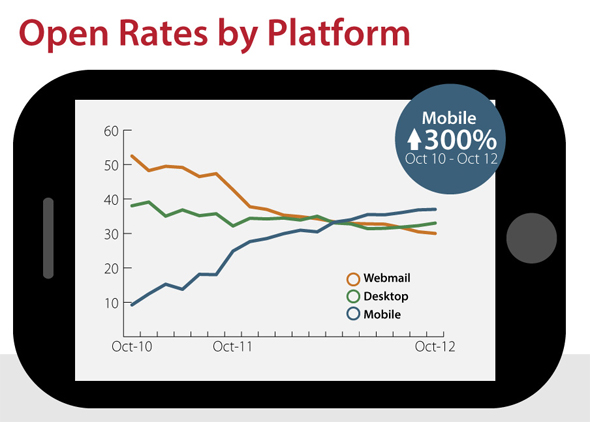
In the UK we still prefer to open our emails on desktop and webmail compared to mobile. However with smartphone penetration now more then half of the UK and expected to carry on rising, it is only a matter of time before emails are predominantly opened on mobiles here in the UK.
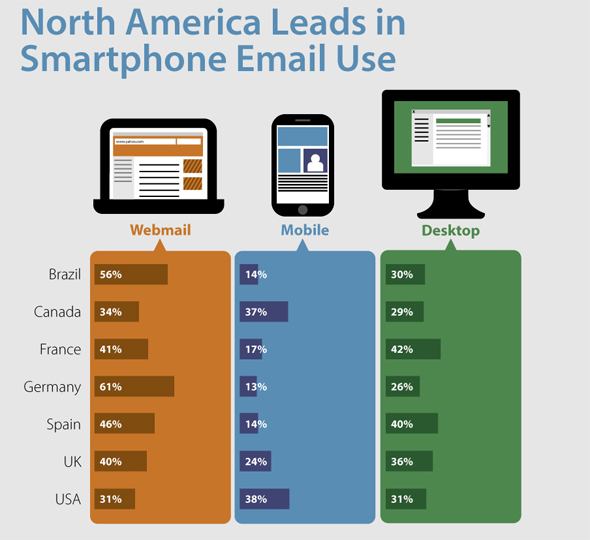
Either way marketers need to optimise for both desktop and mobile viewing, if they want to maximise the reach of their email marketing.
Marketers should also consider the industry they are in, retail (40%), consumer products (40%) and real estate (38%) have the most opens by industry.
Banking related emails (60%) on the other hand are more frequently opened on desktops, perhaps due to the fear of security on mobile devices.
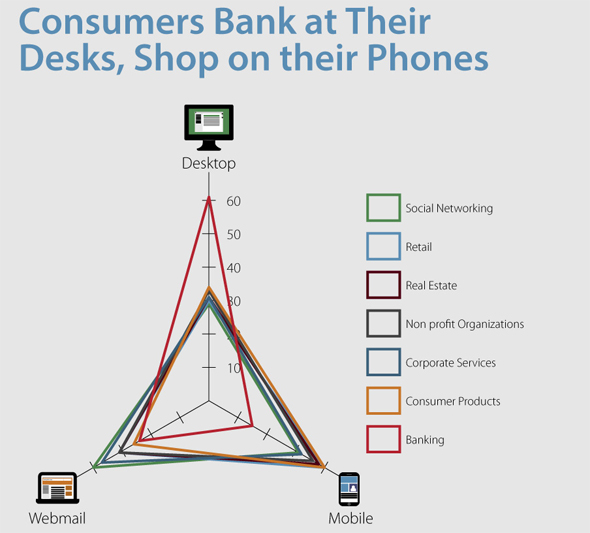
Be sure to also test your emails on different mobile operating systems, Apple, Android and Blackberry are the most popular.
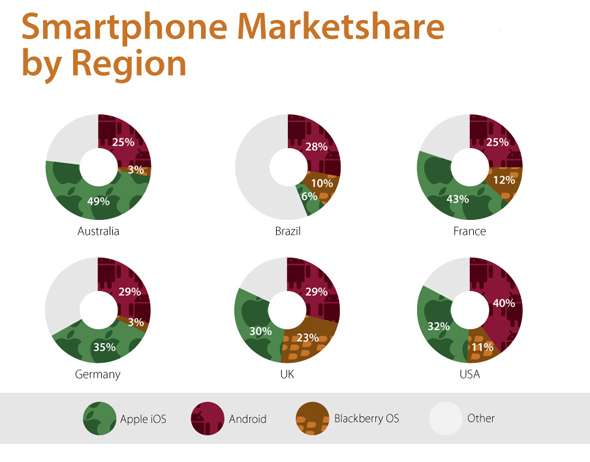
Brands need to provide a seamless mobile experience, there is no point in having a mobile optimised email but not having a mobile optimised mobile website.
Most email marketing service providers have taken steps to integrate mobile solutions to help clients find it easier to cater to mobile devices.
According to research by digital agency STEEL London, consumers dislike; too much scrolling, the wrong layout for mobile and too much content.
Their recommendations for making mobile emails work are:
- Simplify emails by reducing the number of categories, sub-headings, links and images
- Limit calls to action and make them obvious, using a small number of obvious buttons instead of numerous links. Clickable areas should be no smaller than a fingertip (44×44 pixels).
- Use a clear, methodical hierarchy and keep it short: create a clear headline, followed by secondary messaging with smaller tertiary content towards the bottom. Keep the length of the email as short as possible
- Use capitals in titles to distinguish text and content areas.
- Stick to one or two columns of content: if using more than one column centre the text in each column to maximise the visual space between them and improve legibility.
